Why Cold Chain Logistics Is a Make-or-Break Factor in F&B
Cold chain logistics isn’t a “nice-to-have.” It’s the backbone that keeps your food business running smoothly (or not). Every delay, temperature spike, or missing document puts your profit margins, shelf life, and customer trust at risk.
And in 2025, with global supply chains stretched thinner than ever, the stakes are rising:
- More products traveling across climate-volatile regions
- More regulations around safety, sourcing, and emissions
- More customers asking for proof, not promises
But how does that pressure show up? That depends on where you are.

Let’s talk about the cold chain on the ground.
In India, cold chain teams are dealing with rising temperatures, unreliable power, and water scarcity. Refrigerated trucks burn more fuel. Warehouses rely on costly diesel backups. Temperature-sensitive goods spoil faster, and climate volatility is pushing up insurance premiums and energy bills.
One missed alert here doesn’t just mean a lost pallet — it can mean a lost buyer.
In the EU, sustainability and compliance lead the charge. Cold chain players must now prove deforestation-free sourcing, track carbon emissions, and pass audits aligned with EUDR and FSMA standards. Your traceability data isn’t just operational — it’s contractual.
In MENA, logistics stretch across extreme climates and sparse infrastructure. Long-distance hauls, water shortages, and rising consumer demand create a complex web where cold chain failure isn’t just likely — it’s expensive.
In North America, supply chains are more connected, but also more complex. The pressure lies in cost control, FSMA 204(d) traceability mandates, and ensuring that multi-modal handoffs (warehouse, 3PL, retail) don’t break the chain.
In these regions, the cold chain isn’t just a logistical concern — it’s a business risk.
That’s where Farm To Plate steps in. We don’t build warehouses or fix the grid, but we do help cold chain leaders control what they can. So whether you’re managing dairy in Pune, berries in Spain, seafood in Oman, or frozen meals in Ohio, we can help.
Let’s break down the 7 insights every cold chain F&B leader needs in 2025 — and how to take action.
1. Market Growth: The Cold Chain is Booming (But So Are the Risks)
The food and beverage cold chain logistics market is expected to grow by over $161 billion by 2029, with a 14.3% CAGR. That’s massive — but it comes with pressure.
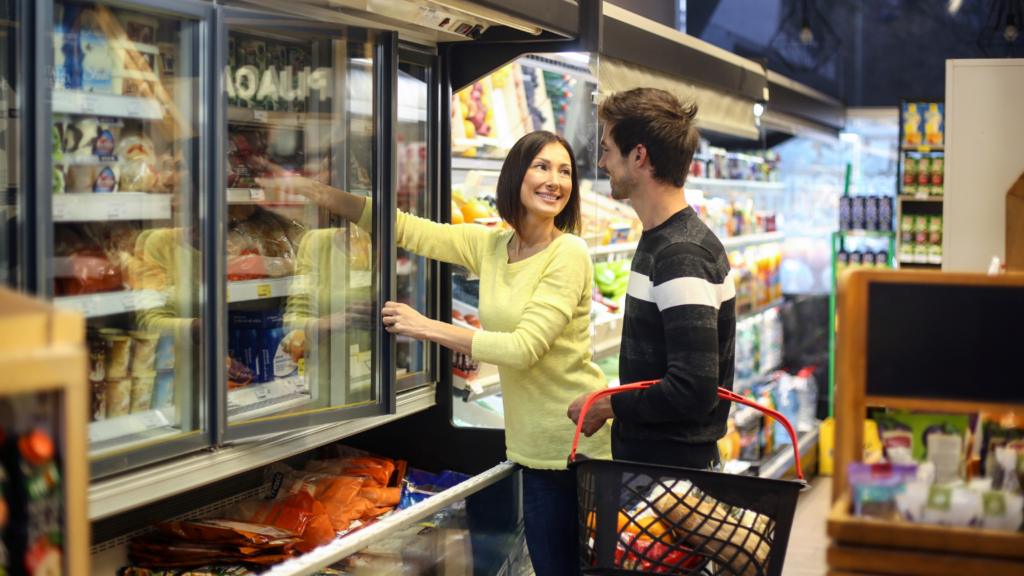
Regions like Asia-Pacific and North America are leading the charge, driven by demand for frozen foods, seafood, dairy, and fresh produce.
But here’s the kicker: the bigger the market, the higher the risk. Spoilage. Shrinkage. Compliance failures.
The brands that win are the ones that manage growth without losing control.
2. Visibility Isn’t a Bonus — It’s the Lifeline
Let’s talk about control. You can’t manage what you can’t see.
- Do you know where your shipment is right now?
- Do you know if your cold storage held temprature all night?
- Can you prove it to your buyer, auditor, or regulator?

Farm To Plate gives cold chain F&B brands:
- Real-time temperature and location tracking
- Alerts when conditions deviate, not after the fact
- GPS-enabled traceability from source to shelf
This isn’t just about technology. It’s about peace of mind.
3. Tech Powering the Cold Chain in 2025: IoT, AI, and Blockchain
IoT sensors and GPS trackers are now essential to catch problems before they become disasters.
But the future? It’s about connecting the dots.

Farm To Plate integrates IoT + blockchain + AI for:
- Immutable records of temperature, handling, and location
- Predictive alerts based on risk patterns
- Supplier-level traceability with GS1 EPCIS standards
So when your buyer asks, “Where did this come from?” — you have one truth, not five systems and a pile of guesswork.
4. Compliance Is Getting Tighter (Are You Ready?)
In 2025, food safety regulations will become stricter.
- FSMA 204(d) mandates traceability for high-risk foods
- EU regulations (EUDR) target deforestation-free sourcing
- Buyers demand proof of origin and handling
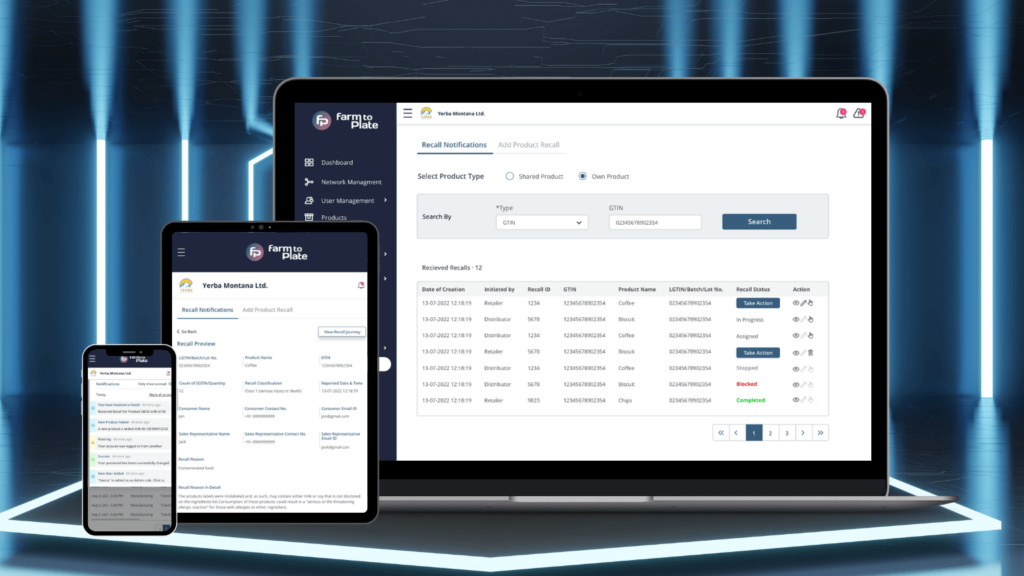
Farm To Plate makes compliance automatic:
- Batch-level tracking from farm to shelf
- Instant recall capabilities
- Automated documentation for audits, FSMA, HACCP, and GFSI
Stop chasing paperwork. Start focusing on growth.
5. Shrinkage Isn’t Just About Loss — It’s About Opportunity
The global cost of shrinkage in cold chains hits billions annually — and not just in lost product. It damages reputation, relationships, and revenue.
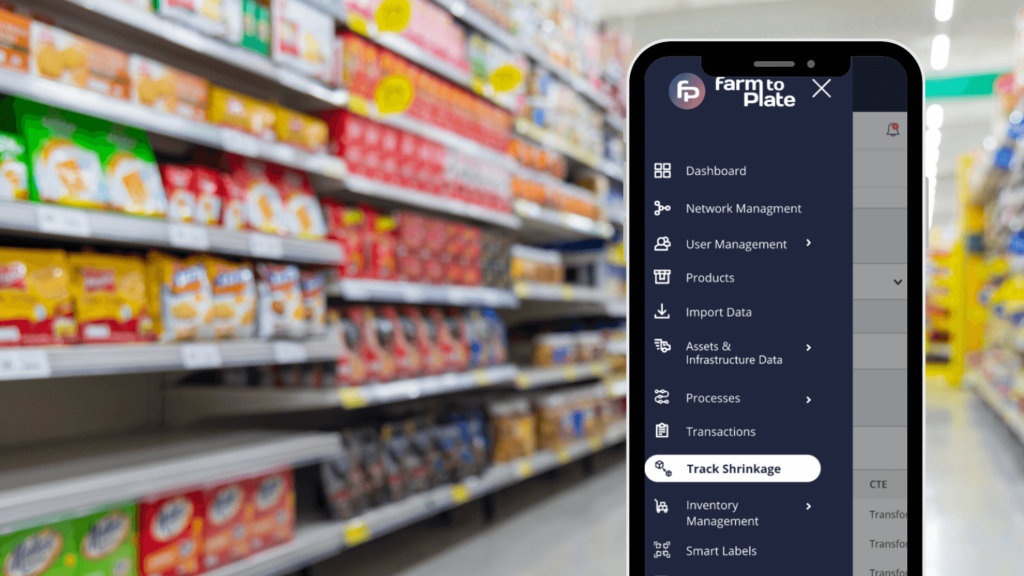
With Farm To Plate, F&B brands get:
- Shrinkage tracking and analytics by route, carrier, or product
- Deviation reports that highlight risk patterns
- Smart alerts when something’s wrong (before it costs you)
No more guessing where the loss happens. Know. Act. Fix.
6. Sustainability Is Now a Business Requirement
Your customers care about sustainability. Your regulators care. Your margins care too.
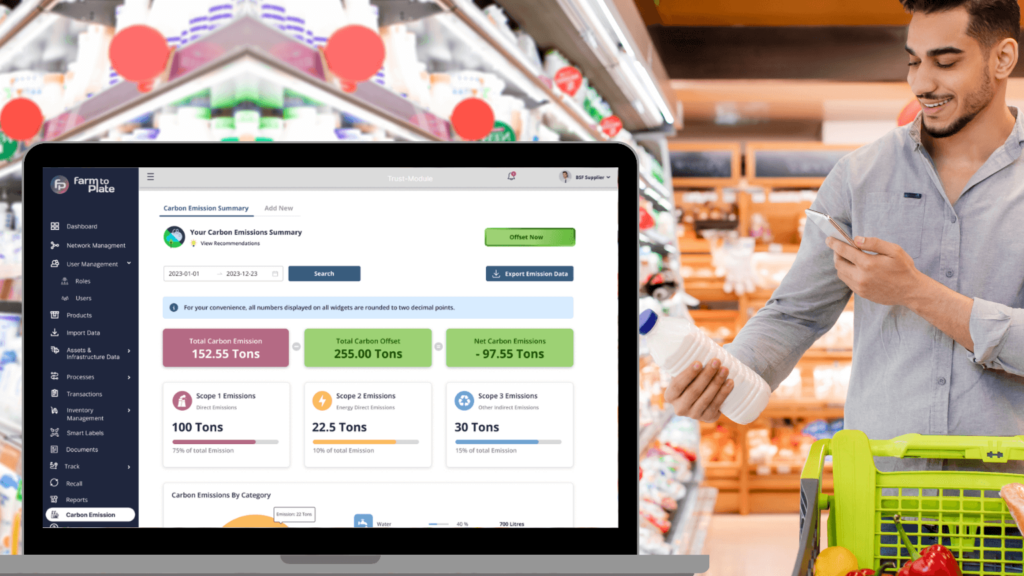
Farm To Plate supports:
- Carbon footprint tracking for every shipment
- GHG emission dashboards that show progress toward net-zero
- QR code product journeys that prove sustainability claims
It’s not just about doing the right thing. It’s about showing it — and selling it.
7. Ready to Take Control? Start Small, Scale Fast
Here’s the good news: You don’t need a massive overhaul to get cold chain control.
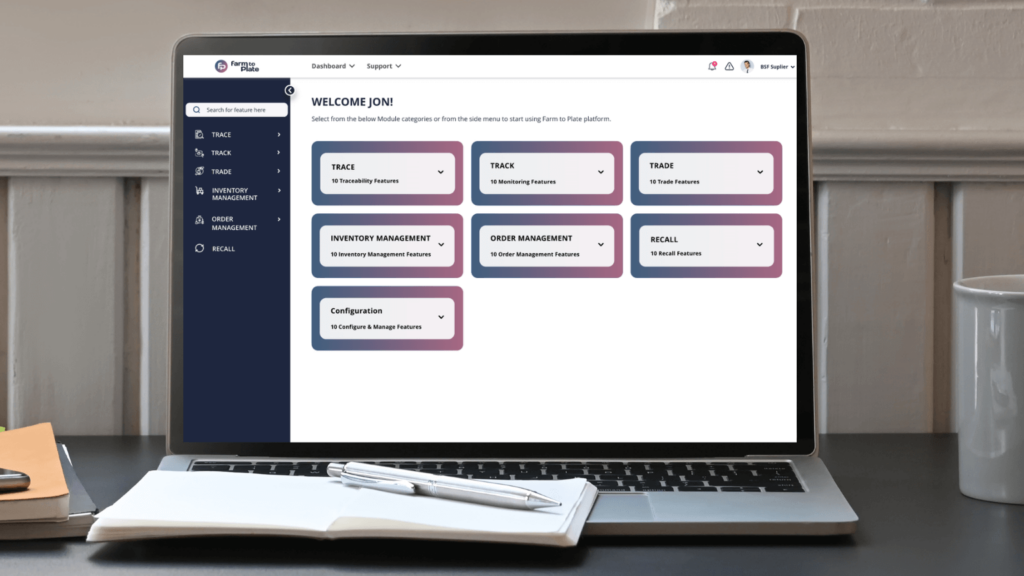
With Farm To Plate, you can:
- Start with one product line or location
- Get real-time visibility and traceability in weeks
- Scale up as your needs grow
And when the next compliance audit comes or the next buyer asks for proof, you’ll be ready.
Let’s Build Your Cold Chain Resilience
Want to see how it works? Book a quick demo — no pressure, no hard sell.
Sign up for the upcoming Cold Chain Resilience Playbook.
It is packed with real-world tips, checklists, and strategies for protecting your cold chain in 2025.
✍️Namrata Anand, Senior Technical Content Writer at Paramount Software Solutions & farmtoplate.io
